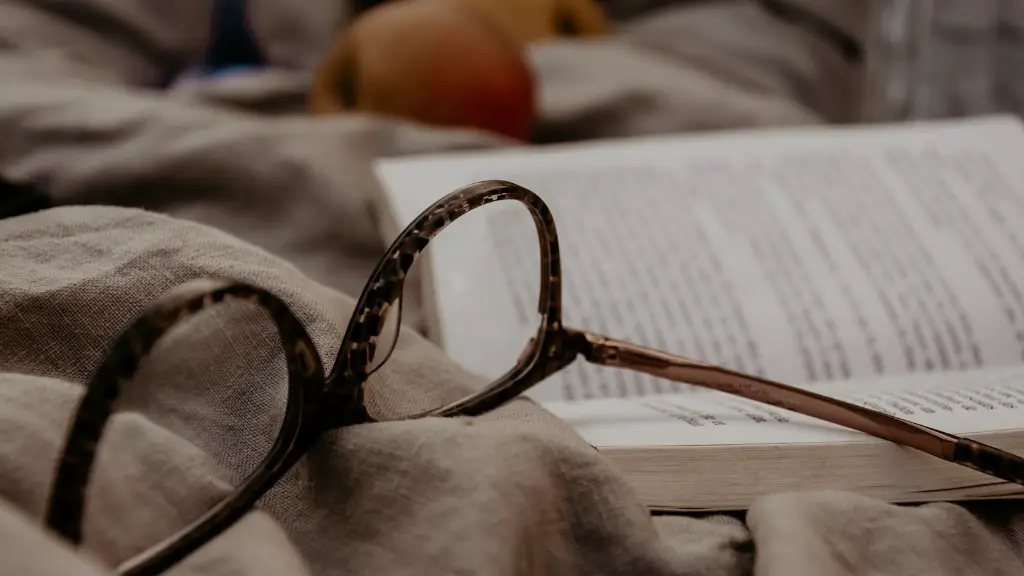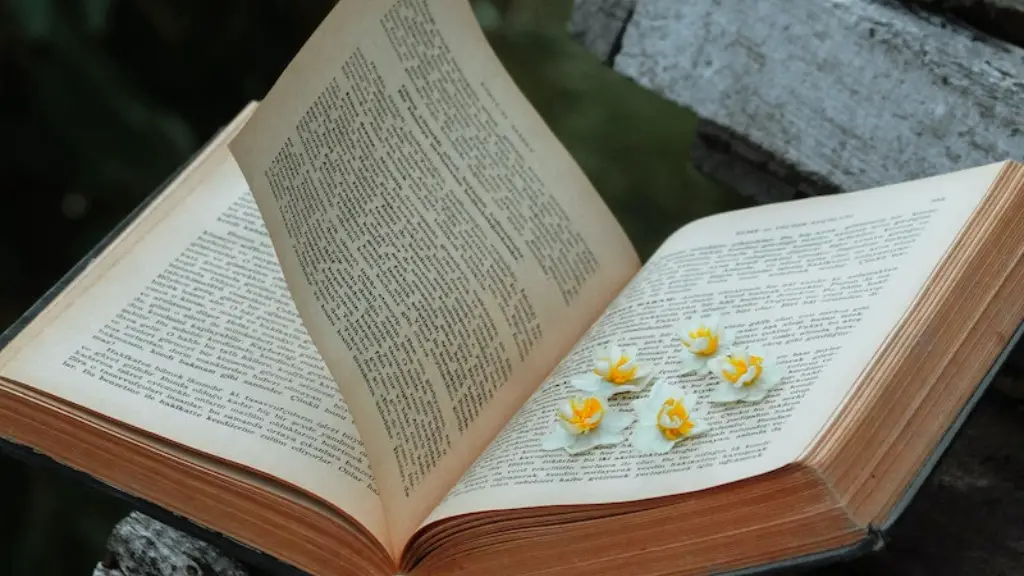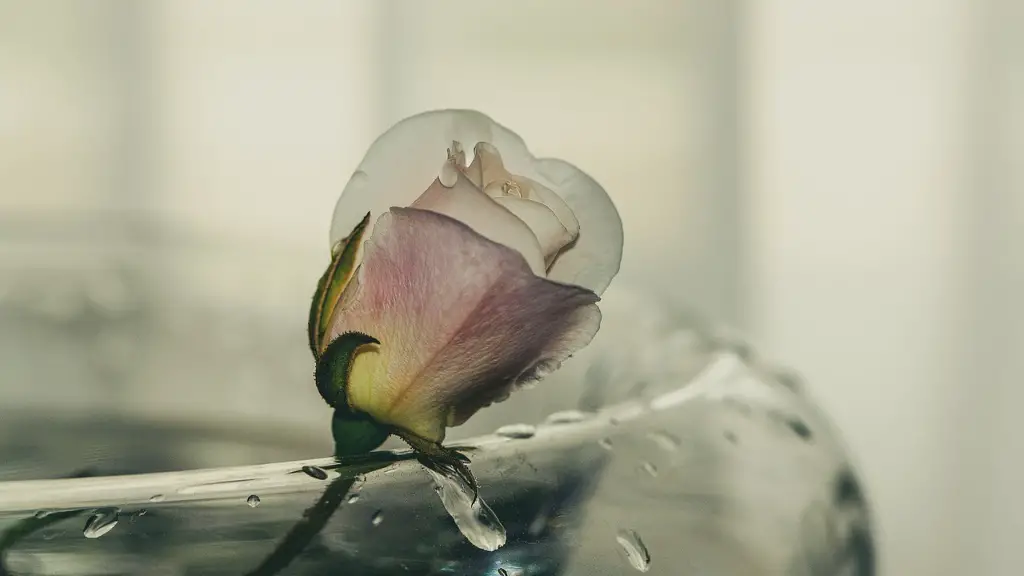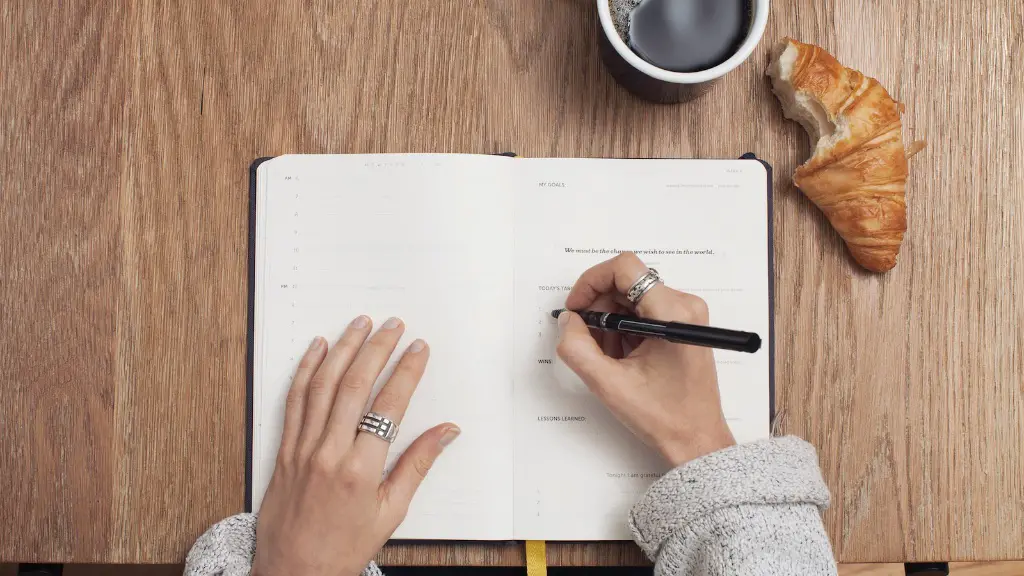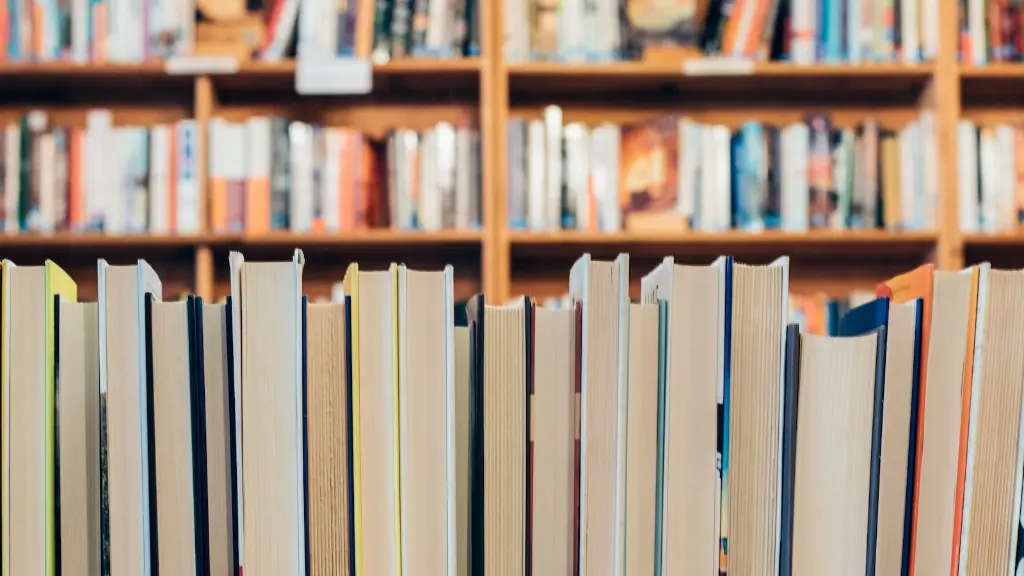Finding The Right Materials
Experimental poetry is all about pushing the boundaries of traditional forms of expression, so you’ll need to have some different materials to work with. You don’t have to worry about keeping to traditional language, or sticking to a specific structure — feel free to experiment with new words and ideas as much as possible. You can take inspiration from other poets, or use words and images from your everyday life. Keep a notebook handy for jotting down ideas, and collect interesting items to use. This could be anything from everyday objects to photos, magazines, books, newspapers, or even internet research.
Working With Structure
The structure of experimental poetry is wide open to creativity, and it’s up to you to decide what form you want to take with your work. You could go for something traditional, like a sonnet, haiku, or villanelle, or be more creative with the lines, stanzas, and the way words are arranged. It’s important to remember that there are no rules when it comes to structure — experiment with different rhythms, sounds, and patterns, and see what works best for your piece.
Experiment With Language
When creating experimental poetry, it’s also important to experiment with language. As poetry is seen as a type of art form, the words you use should not only make sense but also be aesthetically pleasing. Try to get creative with words and create a unique use of language that immediately draws in the reader. This could be through puns, homonyms, neologisms, or just playing with the way words fit into the poem. It’s also important to play with traditional poetic devices, such as alliteration, assonance, and rhyme, but again don’t be afraid to experiment with something new.
Making Connections
It’s also important to experiment with non-linear and non-verbal ways of thinking when creating experimental poetry. This type of poetry requires you to make connections between ideas as well as objects, sounds, and visuals. This kind of thinking helps to create a more open-ended and interesting poem, as you’re pushing yourself to think on a different level and explore beyond the traditional boundaries. Here, it’s important to make sure that your poem still makes sense and evokes something in the reader, but you shouldn’t be afraid to explore new ideas and conceptions.
Editing
The editing process of experimental poetry is probably just as important as the writing process. You’ll need to think carefully about the structure, language, and themes of the poem — and make sure that it still delivers what you intended it to, and that it flows in a meaningful way. Experiment with different edits as much as possible, until you’re relatively happy with the poem.
Critique and Interpretation
Experimental poetry can often be quite open to interpretation, so giving the poem to someone else to read, and having them interpret the work, is a great way to get feedback and a better understanding of your poem. Critique also helps to improve the poem, as someone else may be able to point out something that you didn’t consider, or ideas that could be further explored.
Finding Inspiration
Creating experimental poetry can be difficult at times — if you’re feeling lost or lack creativity, then try to find an inspirational source. It could be a film, an artist, or a poem — take some time to look around and find something that interests you. You should also visit websites that deal with experimental poetry, or get a book or magazine with new kinds of poetry in it. Taking a bit of time out to find some form of inspiration can help rekindle your creativity and help you create something unique and engaging.
Exploring Emotions
Experimental poetry is one of the best ways to explore emotions, feelings, and ideas. It’s a great creative outlet and allows you to get creative with language, structure, and the concepts within your work. Don’t just stay within the traditional confines of emotions, either — feel free to explore topics such as abstract concepts, dreams, and fantasy. This allows you to explore on a whole different level and create something unique and interesting.
Writing Different Styles
Experimental poetry can take many forms, so don’t feel limited to just one style. You can explore write different types of poetry, including free verse, lyrical poetry, narrative poetry, experimental poetry, and so on. You can find more information on the different styles and work out which one best suits you, your ideas, and your poem.
Playing With Sound And Structure
Experimental poetry is all about pushing the boundaries of traditional forms of expression, so it’s important that you experiment with the sound and structure of your poem too. This could be anything from using a different type of rhythm or playing with line breaks and punctuation. You can also experiment with how the words sound together and how they work when grouped together in different ways.
Making Associations
In experimental poetry, it’s important to make connections between objects, sounds, and visuals — as this helps bring the poem to life and create something unique. Associations are a great way to explore different perspectives and ideas, and to create something vibrant and multi-layered. These associations can also be used as a way to create symbolism and metaphors, which can be used to further explore and extend the theme of the poem.
Creating A Unique Voice
One of the most important elements of experimental poetry is to create a unique voice or style. This is about pushing the boundaries of language and creating something distinct and engaging for the reader. When creating a unique voice, it’s important to use a mix of words, imagery, and ideas that are true to you — and to make sure that your voice is still clear and consistent in all aspects of the poem.
Using Unique Imagery
One of the best ways to create an experimental poem is to use unique imagery. This could be done by playing around with images, metaphors, and abstract concepts. An innovative way to do is using image clusters — which are when you take a word and think of associations, then take those associations and think of new associations, and so on. This can be a great way to create something unique and create a vivid and multi-layered poem.
Experimenting With Different Forms
Another great way to create an experimental poem is to experiment with different forms. This could include visual, sound, and ekphrastic poetry — to name a few. Visual poetry may involve the use of photos, videos, and imagery to help convey an emotion or idea. Sound poetry makes use of the spoken word or music to create a distinct form of expression. And ekphrastic poetry weaves together ideas about artwork, creating a poem that is in some way inspired by art.
Non-Verbal Expressions
Non-verbal forms of expression are also great for creating experimental poetry. This could range from movement, improvisation, and sound, to visual art and sculpture. This type of expression allows you to explore ideas without having to use language, which can be liberating for those who might feel limited by traditional structures and expressions. It’s important to remember that non-verbal forms of expression should still be cohesive and understandable — and this is where editing your poem and getting another opinion on it become important.
Interdisciplinary Approach
When creating experimental poetry, it’s important to think of it as an interdisciplinary approach — rather than just a poem. This means that you should be thinking of ways to combine ideas, materials, and forms to create something unique and engaging. The possibilities here are endless, so feel free to experiment with anything that you come across.
Taking Risks
Finally, remember to take risks when creating experimental poetry. This type of poetry should be creative, engaging, and open to interpretation — so don’t shy away from pushing the boundaries and exploring ideas that you might not have thought of before. Taking risks is what makes this type of poetry exciting, so be brave and take that leap.
